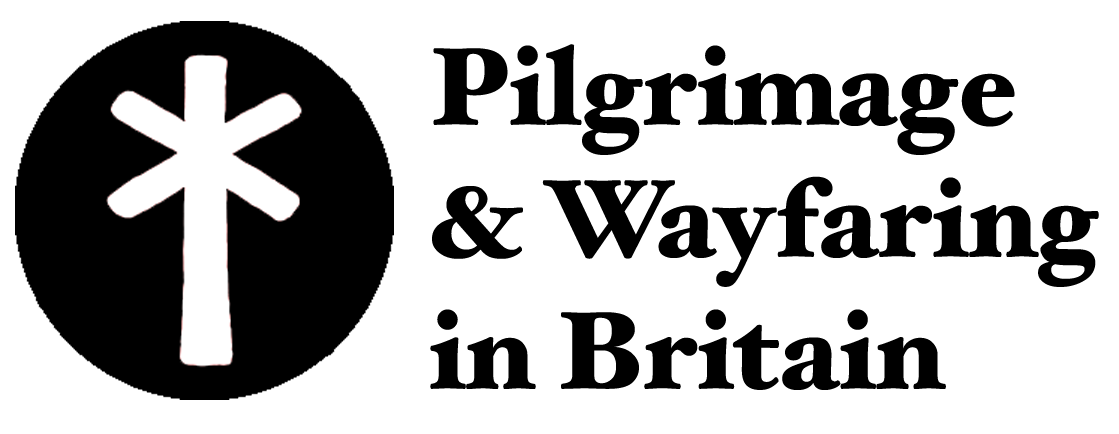
The British Pilgrimage Trust
Starting a National Charity, and Leaving it…
In 2014, I founded The British Pilgrimage Trust. At first, I called it the ‘British Pilgrimage Revival Trust’, until Merlin Sheldrake - one of the first two trustees I recruited - advised me to remove ‘Revival’, as pilgrimage needed to be presented as something that had never really gone away.
It’s surprisingly easy to form a Charitable Trust. All you need is three people, a form downloaded off the internet, and a tenner in an envelope. Then you become a legal entity (nb - it gets much more complicated later).
Merlin had experience of journeying on foot, both in the UK and in the jungles of South America. He’d once made pilgrimage to Glastonbury festival. The other initial Trustee was Guy Hayward, who was totally new to walking, and fresh from 23 years in school. I had guided him on some journeys and persuaded him to get involved. His superpower was reading the script at dinner parties, and British pilgrimage makes a great story.
My main idea for the BPT was to create a neutral centre for pilgrimage, where the tradition would belong to no-one and everyone. In 2014, nobody seemed to be talking much about pilgrimage in the UK, and the stars looked favourable for rebirth.
At the Reformation, British pilgrimage had been made illegal, a blow from which it had not yet really recovered. The Tudor taboo somehow still lingered. But in Europe, I had seen the rise of the Camino to Santiago de Compostela. And having made many long walks in Britain, I knew this land had the beauty and history, and the infrastructure of footpaths, pubs and churches, to make something similar work.
I also believed that a spiritual revolution remains the best way to oppose the rise and rise of the Money God, who chops down our forests and enslaves our children. Pilgrimage I thought could help people re-encounter spirituality with fewer tribal identity boundaries.
I coined concepts like ‘Open to All’ (OTA), and ‘Bring Your Own Beliefs (BYOB). I discovered an ancient route on a 14th Century map, which I called ‘The Old Way’. And I developed the concept of ‘Sanctuary’ as church sleeping for pilgrims. Guy went around all the dinner parties giving the script to the black-tied listeners. All seemed to be going well. Finally, I had the opportunity to really promote the ideas I had been developing over the last 10 years of walking.
My greatest hope was to create a network of Pilgrims’ Acres, plots of land along footpaths owned by the charity, permitting free wild-camping for walkers for one night only. I wanted to transform windy corners of fields into natural shrines, with new-dug holy well and new-planted sacred grove, to be forever Pilgrims’ England. I had visions of green wool-clad custodians care-taking these patches of land full-time. It would be a free outdoor pilgrimage infrastructure that might survive the vicissitudes of politics and religion and endure a thousand years. I did not manage this. Yet.
But other success - mostly in PR - was immediate. Patrons like Rupert Sheldrake, the Duchess of Norfolk, a Viscount Lord, Rob Macfarlane, Satish Kumar, Emma Bridgewater & Simon Jenkins, all agreed to put their names behind the charity. Press rolled in. TV and radio queued up to talk of it.
Song was how I initially promoted the idea, by teaching Guy old English songs from my Wandering Minstrel work and singing them to whoever would listen. I brought in BBC1, Radio 4, and all sorts of newspapers. It’s easy to ignore people talking, but when folk start singing, it becomes more compelling…
Walking from Winchester to Canterbury in 2014 with Guy


